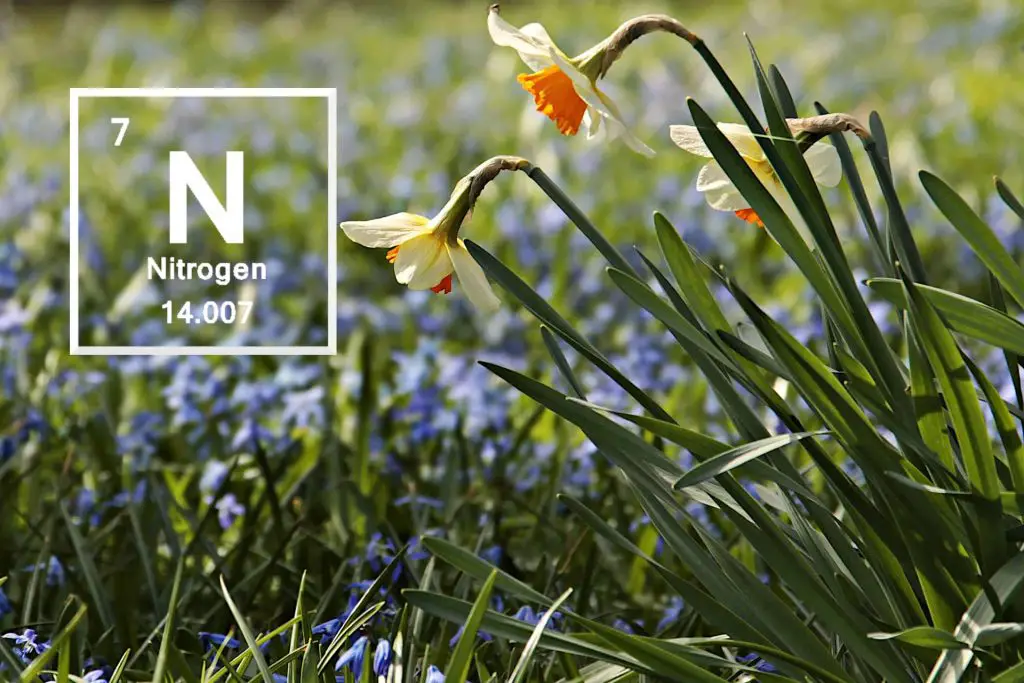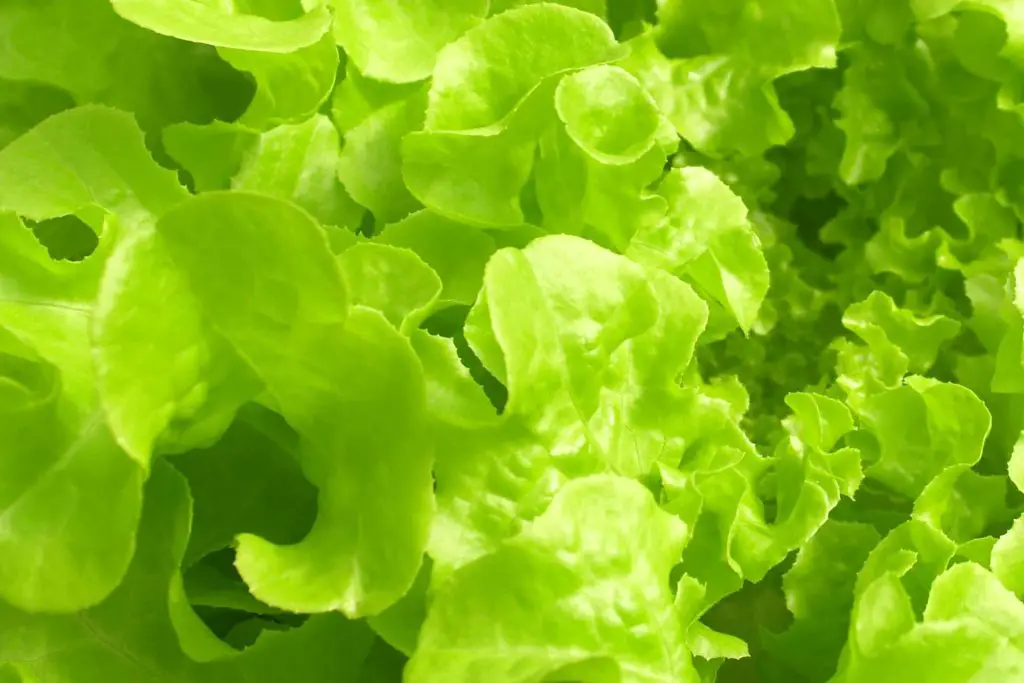Why Do Plants Need Nitrogen?
Nitrogen is one of the most abundant elements on Earth, and its importance to all living things cannot be understated. Plants need nitrogen to grow and thrive, and without it, they would quickly perish.
There are a variety of reasons why plants need nitrogen. Beyond the fact that plants can’t grow without a source of nitrogen, the levels of nitrogen that a plant has access to are also important, impacting on yield and the nitrogen cycle. In this article, we will look in detail at why and how plants utilize nitrogen in their growth process and discuss the ways in which they access this nitrogen and how nature tries to replenish its supply.
Plants need nitrogen in order to live and grow. It is a key ingredient in the production of amino acids and chlorophyll that helps plants turn light into energy. This energy is used by the photosynthesis process to create the sugar and starches required for growth, and the building of robust cell structures.
What Is Nitrogen?

Nitrogen is required for every life on Earth to exist. It is a colorless, odorless gas that makes up 78% of the Earth’s atmosphere and it is the seventh element in the periodic table, represented by the letter ‘N’. Nitrogen is found in the soil, in water, and in the air we breathe. It is an important component of DNA, proteins, and other molecules essential for life.
It is a key element in the chemical processes inside a plant helping plants turn light oxygen and water into food . Nitrogen also plays an important role in the soil too. It is essential for plant growth and plays a key role in the decomposition of organic matter. Nitrogen-rich compost and fertilizers are important for agriculture, while nitrogen-containing manure helps to replenish soil nutrients.
Why Is Nitrogen Important for Plants?
Nitrogen is a critically important nutrient for plants. It is a key component of chlorophyll, the green pigment that allows plants to absorb light and convert sunlight energy into sugars and starches during photosynthesis. Nitrogen is also a constituent of amino acids, which are the molecules that join together to create proteins.
How Nitrogen Regulates Chlorophyll Production Enabling Photosynthesis

Nitrogen is one of the most important elements for regulating chlorophyll production in plants. Chlorophyll is a pigment that is found in a plant’s chloroplasts and is responsible for the green coloring of plants.
In addition to providing leaves and stems color, Chlorophyll is also an essential element in helping plants absorb light and sunlight, turning them into energy that is stored in molecules.
A plant, through photosynthesis, makes use of the energy it has stored in order to transform water from soil moisture and carbon dioxide that it has taken in from the atmosphere into glucose and starch, which feeds the plant allowing it to grow.
Nitrogen a Component of Amino Acids
Aside from soil, light, rain, and air, every plant, like any creature, need specific components for development. Amino acids are one of these components and are molecules that join together to create protein compounds, the fundamental constituents of living cells, and nitrogen plays a crucial role in their production.
The amino acids are produced by plants from oxygen and carbon obtained from the air, and hydrogen is taken from moisture in the soil. This process begins with the formation of carbon hydrate through the process of photosynthesis and then continues with the joining of nitrogen, taken from the soil, with the carbon hydrate. Finally, amino acids are produced through collateral metabolic pathways.
Amino acids provide a structural foundation (building blocks) for proteins and these proteins help activities in plants, such as the synthesis of proteins, and all elements of growth, development, and nourishment.
How do Plants Access Nitrogen?
Plants access nitrogen through their roots, which is done largely through the soil, meaning nitrogen plays an important role in helping to improve soil fertility.
Nitrogen occurs naturally in the soil and is naturally replaced as part of what is called the nitrogen cycle. This is a natural process but can fail to provide the levels needed for adequate plant growth. When nitrogen levels are insufficient they can be supplemented in various different ways, such as by reinforcing the nitrogen cycle by adding organic soil amendments, or through commercial and inorganic fertilizers.
The Nitrogen Cycle in Soil
The nitrogen cycle is the process that converts nitrogen from its various chemical forms, into a form that can be used by plants. The nitrogen cycle is essential for life on Earth, as it allows for the recycling of this important nutrient.
In very simple terms it is a cycle in which spent crops die and decompose, introducing nitrogen to the soil. This is then drawn upon by new crops to enable then to grow and thrive before, they themselves die and decompose creating a repeating cycle.
In technical terms though, it is a complex process with a number of different mechanisms involved in the cycle. These include nitrogen fixation, immobilization, mineralization, nitrification, leaching, and denitrification.
Nitrogen fixation is the process by which nitrogen is converted into a form that can be used by plants. This process is carried out by bacteria known as “nitrogen-fixing bacteria”. These bacteria convert atmospheric nitrogen into ammonia or nitrate ions, which can then be used by plants.
Mineralization is the mechanism by which microbes take organic matter and break it down into ammonium. This process itself is temperature, moisture, and oxygen-dependent, and as such, rates of mineralization can vary significantly.
Nitrification is the process by which ammonia is converted into nitrates by bacteria in the soil. This process is important for plant growth, as nitrates are used by plants to create proteins.
Immobilization is the opposite of mineralization. It is the mechanism where microorganisms in the soil battle with plants for nitrogen. As the soil organisms take up ammonium and nitrates, they become inaccessible to crops.
The Problem of Nitrogen Leaking from The Soil
The process is susceptible to nitrogen leaking from the soil through denitrification, where nitrogen is lost through gas that evaporates off, and leeching, where nitrogen dissolves into the water and runs off.
Both of these tend to be caused by poor soil structure and result in less nitrogen being available to plants.
Signs of A Nitrogen Deficiency

As we have deen nitrogen plays an important role in allowing plants to thrive and maintaining soil health and to a large extent goes hand in hand. There are obvious tell-tale signs that a
Plants need nitrogen to grow and thrive, so if they’re not getting enough of it, they won’t look their best. If you notice discoloring or that the plant itself looks pale and thin, this may be a sign of nitrogen deficiency. More severe symptoms include larger leaves turning yellow or white.
Too Much Nitrogen
Nature forms this wonderful balancing act that allows plants and other living things to grow and thrive. If you throw this out either way then the system collapses. So, just as too little nitrogen can starve your plants too much nitrogen is toxic for plants and can also have a devastating effect
Discoloration of the leaves is the most noticeable symptom of nitrogen poisoning in plants. This will begin on the very outer rim of the leaf and work its way toward its center. This is because the outer rim of a leaf is older allowing the excess nitrogen more time to attack the tissue that makes up the outer leaf. The process continues and ultimately you will see that the veins on the leaf collapse.
Managing Nitrogen Levels to Which Your Plants Have Access
It is important that the nitrogen levels in the growing medium that feeds your plants is kept at the right level. Different plants require different amounts of nitrogen so optimal levels will vary between plants. It is relatively easy to add nitrogen into the soil, other growing mediums, or solutions, but more difficult to reduce nitrogen levels in the soil outside.
It is always advisable to regularly check nitrogen levels so that plants receive the right level of nitrogen. This can be done with either a soil testing kit or a digital soil tester.
Summary: Why Do Plants Need Nitrogen?
As we have seen, nitrogen is one of the most profuse elements on earth and is one of the bases of all life. Without nitrogen, a plant cannot conduct and complete the chemical process required for it to grow. Amino acids, photosynthesis, and chlorophyll production are dependent on it Therefore, nitrogen is one of the most important elements in giving plant life.
Plants derive their nitrogen from their growing medium, most commonly soil. The nitrogen present in soil is created by decomposing organic matter, such as leaves and manure, which release it back into the soil as they break down forming part of the soil cycle, which can be supplemented with organic or inorganic amendments containing nitrogen.
Making sure that your plants have the right levels of nitrogen will go a long way to helping ensure you have healthy thriving crops and plants.
